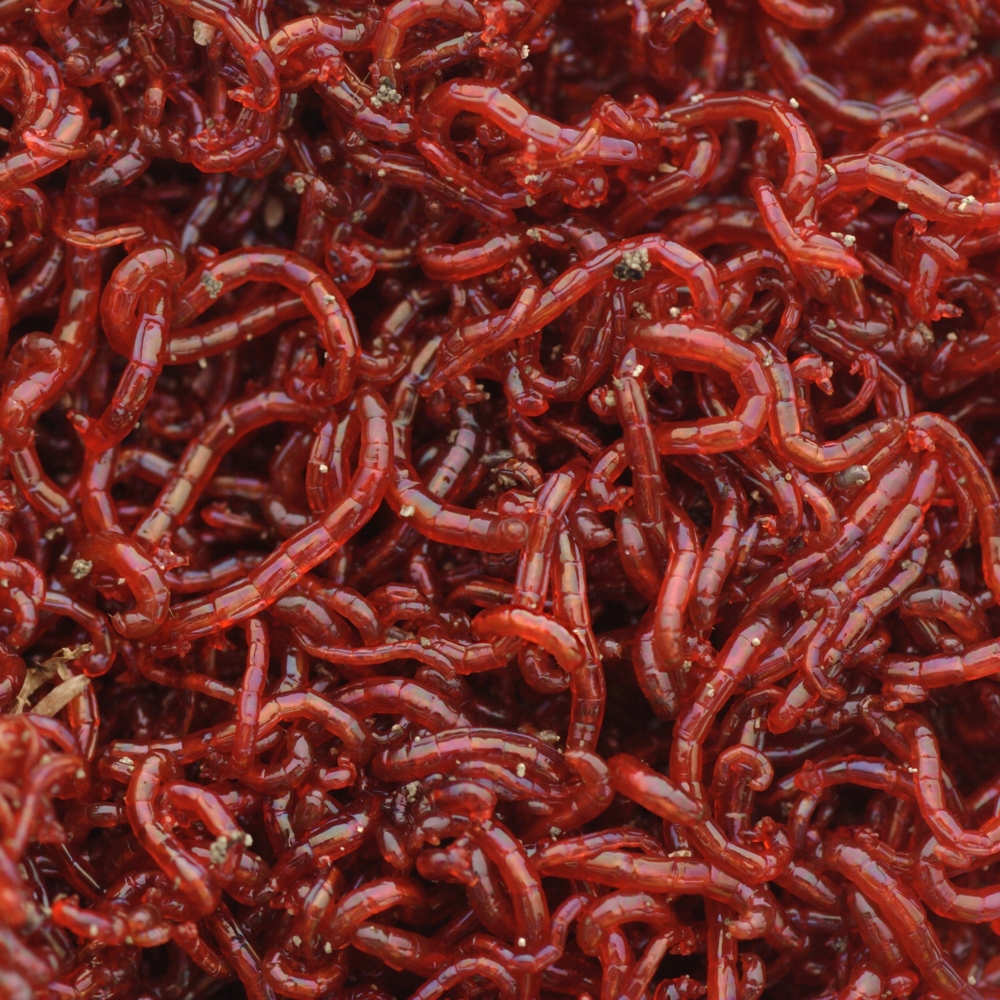Making Use Of Red Wigglers for Effective Organic Waste Disposal
These worms not only improve waste decay yet also produce important worm spreadings, which can considerably enhance dirt wellness. Understanding the nuances of setting up an effective worm container and maintaining an ideal environment is crucial for maximizing their benefits.
Benefits of Utilizing Red Wigglers
One of one of the most engaging benefits of making use of red wigglers for natural garbage disposal is their impressive efficiency in composting. These worms, scientifically referred to as Eisenia fetida, are particularly adapted for breaking down organic materials, enabling them to process waste up to twice their body weight each day. This rapid decomposition not only accelerates the composting process yet additionally generates nutrient-rich worm spreadings that dramatically boost dirt top quality.
Furthermore, red wigglers add to a reduction in landfill waste. By diverting natural products from land fills, they aid decrease methane exhausts-- a powerful greenhouse gas. This environmental benefit is essential in the fight versus environment change.
Moreover, red wigglers are low-maintenance and can thrive in numerous atmospheres, making them easily accessible for both newbie and skilled composters. Their ability to reproduce promptly makes certain a consistent population, facilitating recurring waste processing.
Establishing Your Worm Container
Developing a reliable worm bin is necessary for taking full advantage of the advantages of composting with red wigglers. Make sure the container has sufficient water drainage holes to stop excess moisture, as red wigglers prosper in a wet but not soaked setting.
(red wiggler compost bin)Next, prepare the bedding material, which acts as the worms' habitat and food resource. Shredded paper, cardboard, and coconut coir are exceptional choices. Go for a bed linen depth of about 4 to 6 inches. The container needs to be positioned in a dark, temperature-controlled location, ideally between 55 ° F and 77 ° F, to maintain worm task.
Once the container is established, introduce the red wigglers, allowing them to acclimate to their brand-new atmosphere. It's important to keep track of moisture degrees and temperature routinely. A well-maintained container will not just sustain the health of the worms yet likewise facilitate reliable decay of organic waste. By adhering to these guidelines, you can develop a successful ecosystem that adds to sustainable waste monitoring.
(Western North Carolina Bait)
What to Feed Red Wigglers
An understanding of the proper diet plan for red wigglers is vital for maintaining a healthy and balanced worm population and maximizing composting effectiveness. These products not just offer essential nutrients but likewise contribute to the dampness equilibrium within the worm bin.
It is vital to stay clear of particular foods that can damage the worm population. Red wigglers should not be fed meat, milk items, oily foods, or refined products, as these can attract pests and develop unpleasant smells. red wigglers. Furthermore, citrus fruits and spicy foods need to be lessened, as their acidity can be detrimental to worms
Checking the worm bin for food usage prices will certainly help make sure that red wigglers are obtaining a sufficient diet plan while keeping an efficient composting atmosphere. Correct feeding practices are important for cultivating a thriving community within the worm container.
Maintaining Your Worm Habitat
A properly maintained worm environment is important for the wellness and performance of red wigglers. To ensure optimal conditions, it is vital to check temperature level, moisture, and aeration within the worm bin. Lake Hickory Worms Red wigglers flourish in a temperature variety of 55 to 77 degrees Fahrenheit. Surpassing this variety can worry the worms, so it is necessary to position the container in an ideal area far from straight sunshine and severe temperature levels.
Wetness levels must be kept consistent; the bedding needs to perspire however not soaked. An excellent guideline is to preserve wetness at approximately 70% to 80%. If the bed linens becomes too damp, it can result in anaerobic problems that are unsafe to the worms. Including dry carbon-rich products, such as shredded paper or cardboard, can aid take in excess wetness.

Making Use Of Worm Castings in Gardening
Rich in nutrients and advantageous bacteria, worm spreadings offer as an exceptional organic fertilizer for gardening. Produced through the gastrointestinal processes of red wigglers, these castings consist of a variety of crucial nutrients, consisting of nitrogen, phosphorus, and potassium, which advertise durable plant development. Unlike synthetic fertilizers, worm spreadings provide a slow-release device, making sure that nutrients are readily available to plants over a prolonged period, thus minimizing the threat of nutrient leaching and soil depletion.
In addition to nutrition web content, worm castings enhance dirt structure and aeration, improving dampness retention and water drainage. The microbial life present in worm castings assists to suppress virus and advertises a healthy dirt community, more profiting plant wellness. When integrated right into the dirt or utilized as a leading dressing, worm spreadings can dramatically enhance seed germination rates, origin development, and general plant vigor.
For optimum results, gardeners should use worm castings at a rate of 1-2 inches per square foot, mixing them right into the soil or integrating them right into potting blends. Overall, using worm castings is an eco-friendly technique to enhancing dirt fertility and making sure prospering garden settings.
Conclusion
